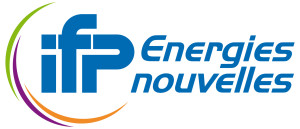
Bertrand starts by briefly mentioning the software engineering concepts behind CAPE-OPEN: software objects, software components, distributed components and middleware. Then Bertrand enumerates the interfaces existing within the current version of the CAPE-OPEN standards, starting with common interfaces then moving to unit operations, thermodynamic and physical properties and finally numerical solvers.
For example Bertrand states the precise definition of a CAPE-OPEN Unit Operation in terms of granularity, skin and behavior. The interfaces supported by a CAPE-OPEN Unit Operation are then detailed, their methods being listed.
Then Bertrand moves to Thermodynamic and Physical Properties, defining the structure given through Thermo Systems, Property Packages, Equilibrium Servers and Property Routines. The role and expected behavior of each of these classes of components is outlined. What pertains to Physical Properties Data Bases, Reactions and Petroleum Fractions is more briefly covered.
Numerical solvers come next. The scope of CAPE-OPEN interfaces for solvers encompasses all model-based activities and both equation-orientated and sequential modular approaches.The different types of solvers are checked against these activities. Then the core of the CAPE-OPEN interfaces for solvers is addressed with the CAPE-OPEN Problem Object.
After describing the specifications of CAPE-OPEN interfaces, Bertrand presents several examples of implementation leading to interoperability scenarios involving commercial process simulation software.
